Chef Mauro Colagreco of three - Michelin - starred Mirazur shares his vision for following the cyclical changes of the moon and why biodynamic farming matters.
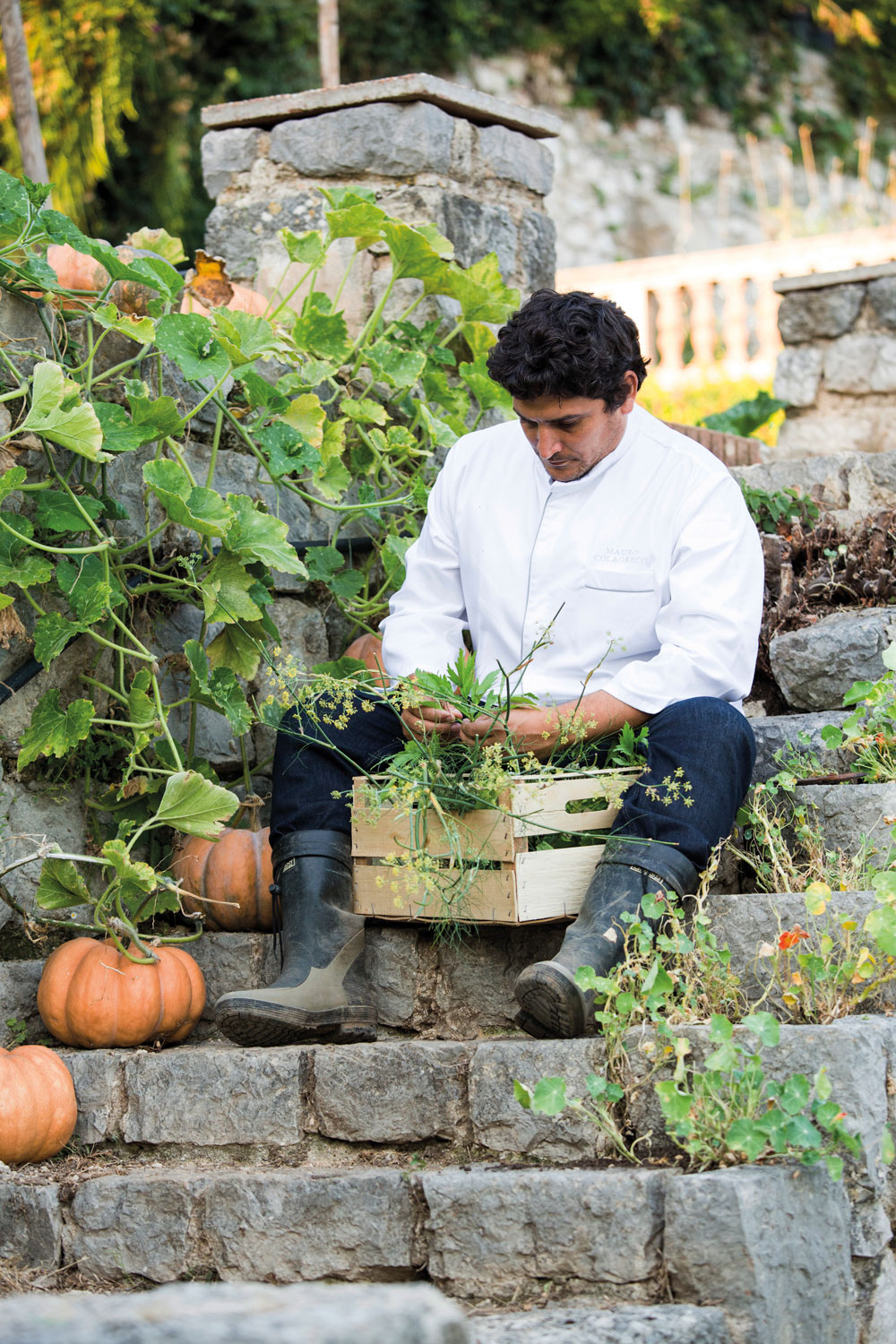
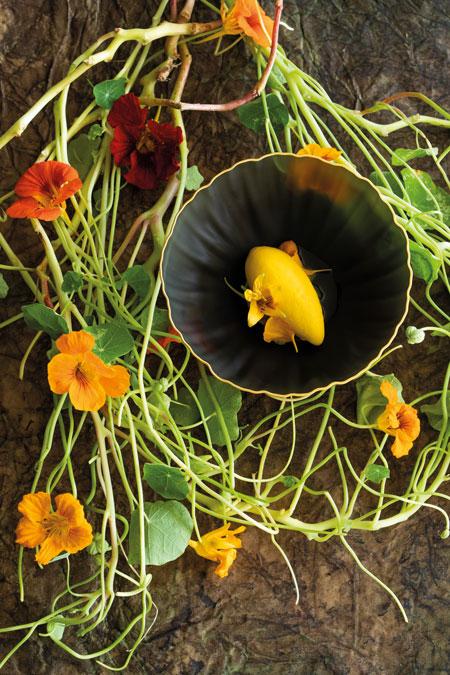
The few months of lock-down in France have been sobering, but for Chef Mauro Colagreco, it has allowed him to seek refuge in the comfort of his garden and to ponder the future of Mirazur in Menton, France. Mother Earth inevitably provided the answers. At a time when mankind and its workings of trade and industry have come to either a halt or a major slow-down, the cycles of nature continue unfettered in its life-giving mission.
The confinement period was a very shocking experience, especially in the change of pace. I was in the garden a lot as it’s just beside my house, and spending so much time working with the gardeners allowed me to really feel the energy coming from the garden and to appreciate the difference in growing produce with permaculture and biodynamic techniques. I felt the strong desire to synergise the energies of the land, its resources and the people who work on it,” shares Chef Mauro. He felt so strongly about his new direction that he consulted John Connolly, a director at NASA who was instrumental in providing feedback that shaped the creation of his new lunar-inspired dishes.
Often referred to as a gardener more than a chef, Chef Mauro’s strong resonance with Mother Earth has inspired him to create a Lunar Menu that will allow diners to eat “high-vibration” foods that are full of life-force energy; raw and organic foods such as fruit, nuts, vegetables and herbs that will provide the right kind of nutrients for holistic healthy living. With the current pandemic evoking worries over livestock and commercial agriculture, it is certainly a timely introduction to epicureans.
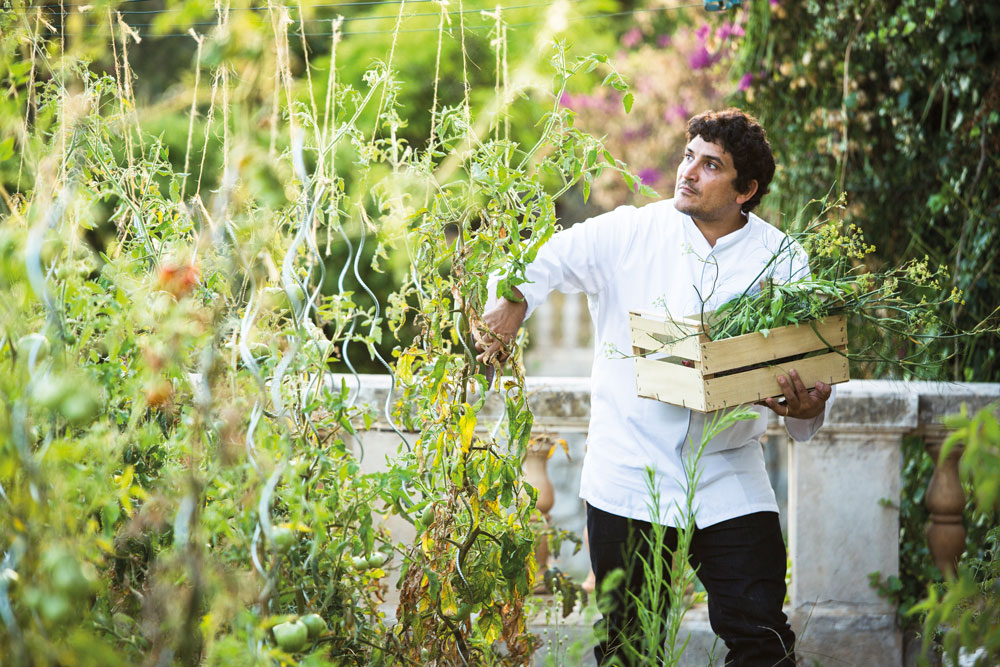
“I think the most important part of our work happens with the earth. Our skills as chefs are secondary to the quality of the food we use. A cook is first and foremost a food handler, and the preparation of a dish is the last part of a much larger process that has to do with the origin of that food; how it was treated; how it came to us. This process happens outside of the kitchen; it happens on the land, in the gardens, in the seas, on the farms. We chefs should spend much more time outside our kitchens, going to find the origin of the produce we use. I like to think of myself as a gardener who likes to wear a chef’s jacket,” says Chef Mauro.
His humble demeanour belies an impressive list of achievements that have earned him a plethora of awards and three Michelin stars for Mirazur, including last year’s No. 1 spot in World’s Best 50 Restaurants. But he is not one to rest on his laurels, and as a result of his contemplative moments in the garden, he has set off a chain reaction of changes in his newly inspired Lunar Menu, which highlights different dishes every few days – even the decoration of the table setting changes according to the various themes under this menu.
His philosophy says it all: “A free kitchen which seeks to excite; to transmit a way of being in everyday life that is as close as possible to a state of discovery of the beauty that surrounds us. A cuisine that seeks to sublimate the simple to allow each ingredient to express itself with its own essence and uniqueness in the dish.” We find out more.
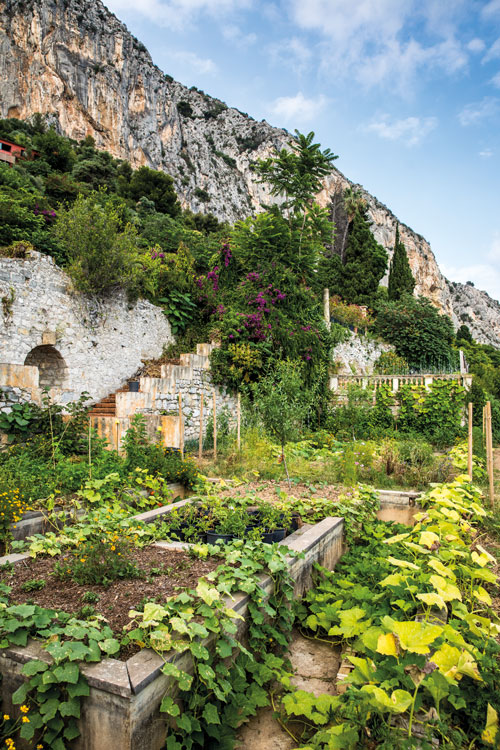
Why is it important to follow the lunar cycle and biodynamic farming principles?
In ancient cultures, farmers referred to calendars in which they followed the rhythm of the stars to cultivate crops. Today’s biodynamic calendar also takes into account the beneficial cosmic stimuli that act directly on the development of roots, leaves, flowers and fruit. When we harvest crops according to this cosmic rhythm, we are able to extract the best flavour and quality of the produce, and therefore its highest nutritional value
This calendar represents four “formative forces” attributed to the different parts of the plant: earth for the roots, water for the leaves, air for the flowers, and fire for the fruits. They vary every day according to the position of the moon and it determines the moments when the energy will be most favourable and concentrated in each part of the plant. In this next stage of Mirazur’s direction, we will follow this continuous movement of nature and its cosmic influences. My menus will be streamlined according to four categories: Root Mirazur Universe, Leaf Mirazur Universe, Flower Mirazur Universe, and Fruit Mirazur Universe. This dining experience will depend on the lunar cycle on each particular day.
What kinds of dishes can diners expect from your new Lunar Menu?
My new menu revolves around four types of offerings: Root, Leaf, Flower and Fruit – and the dishes under these categories change regularly according to the cycle of the moon. The guiding concept for each of the variations of the lunar menu is an inspiring element and a leitmotif of the menu. Additionally, we continue to work with the wonderful produce of our region that comes from the Mediterranean Sea and the Maritime Alps. I like to work with colours and with contrasting textures and flavours; and this dialogue appears in every dish on the menu.
For example, in the Leaf menu, I have a Lamb Mille-feuille that showcases layers of leaves to offer different textures and flavours, hether it’s raw or fried; each bite is a different sensation altogether, the crispiness juxtaposed with the tender slow-cooked lamb dressed in lamb jus.
In the Flower menu, we have an Artichoke Tart with Capers, which we plate with caper flower petals on top of the tart; it’s so beautiful to look at, and it’s tasty as well with very bright refreshing flavours. There is also the Fish Lotus, which is prepared like a sashimi and dressed with red, green and purple radish, and citrus jelly in the shape of a lotus flower.
I have a favourite dessert on the menu called Naranjo en Flor, which was inspired by my Argentinian roots; it’s the name of a tango dance. Just like the dance, this dish is intense in its explosion of flavours and textures. It is soft yet crunchy, with sweet and tangy flavours of lemon and orange, balanced by the earthy and floral presence of saffron. One of the most significant dishes is the Dark Side of the Moon, which was inspired by NASA. It’s a fish served with black garlic and liquorice, and it’s completely black; but in the flavour you will get a very distinctively bold, umami taste that makes it impactful.
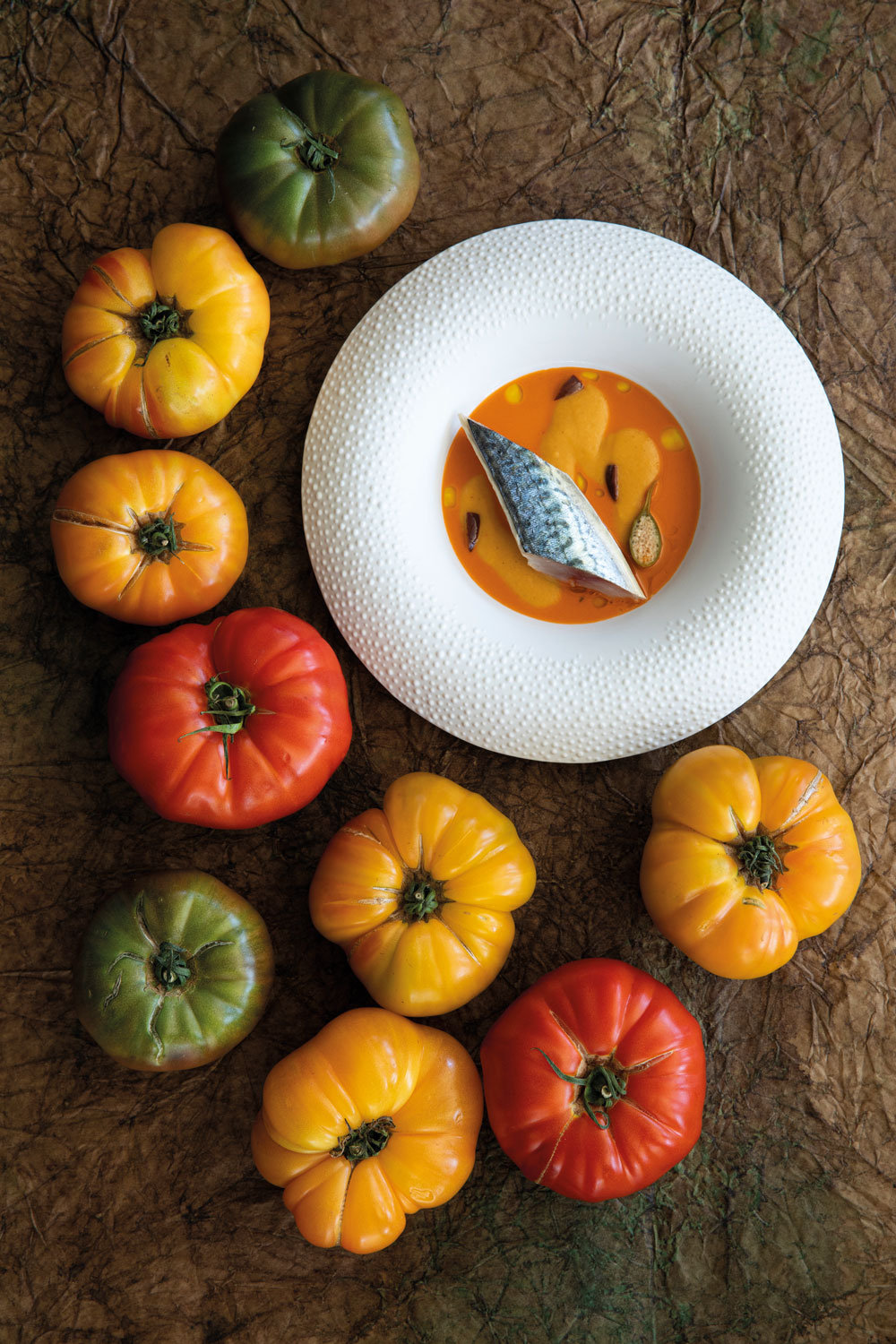
What does experiential dining mean for you and what is the most important thing you want your diners to remember?
I would like to be able to pass on to you my reflections on the power and beauty that resides in nature, and above all, the idea that although our culture has evolved and has disconnected from it, we are still part of nature. We experience the same influences and cycles that plants and animals experience; it’s just that we have not been trained to perceive them. Resuming this dialogue within ourselves and in the places we inhabit will be the only way to ensure the continuity of life on earth. It’s as simple as that. The possibility of continuing to enjoy the beauty of the world depends on it.